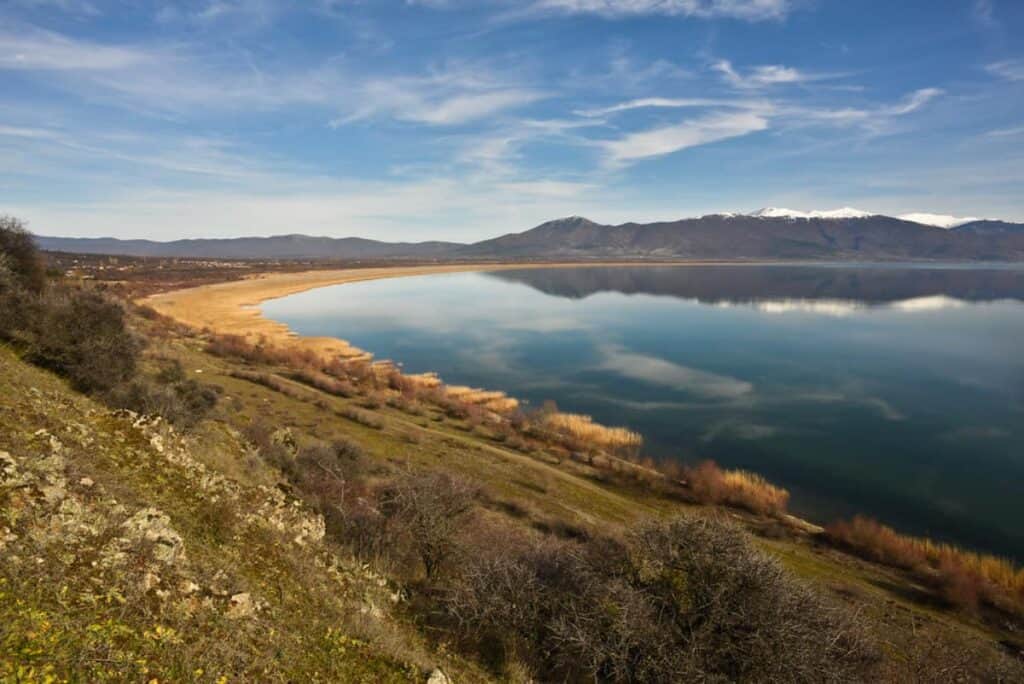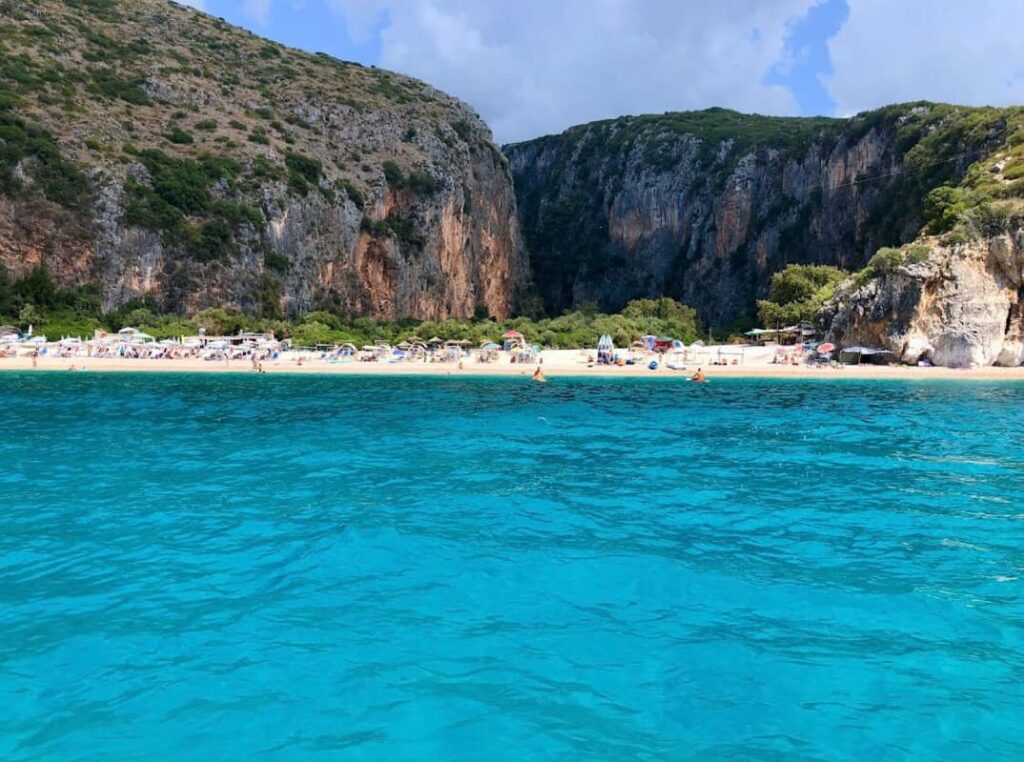Albania, a hidden gem of the Balkans, is home to breathtaking landscapes and rich biodiversity. Among its natural wonders, the lagoons stand out as serene havens of beauty and ecological importance. These tranquil bodies of water are scattered along the coastline and inland, offering visitors unique experiences of nature, wildlife, and traditional culture.
The Lagoons of Albania: Nature’s Masterpieces
Albania boasts several lagoons that are not only picturesque but also play vital roles in supporting biodiversity and local livelihoods. These lagoons, with their calm waters and lush surroundings, are perfect for birdwatching, photography, or simply unwinding in a peaceful setting.
1. Karavasta Lagoon
Location: Central Albania, near Divjakë-Karavasta National Park.
- Karavasta is the largest lagoon in Albania and one of the largest in the Mediterranean region.
- Famous for its population of endangered Dalmatian pelicans, it’s a haven for birdwatchers and nature lovers.
- Visitors can explore the lagoon by boat, walk through pine forests, or climb observation towers for panoramic views.
2. Narta Lagoon
Location: Near the city of Vlora.
- Known for its stunning pink flamingos, Narta Lagoon is a photographer’s paradise.
- The nearby Zvernec Monastery, located on a small island, adds cultural significance to the area.
- Narta is also famous for its salt production, with expansive salt pans creating a unique landscape.
3. Butrint Lagoon
Location: Southern Albania, near the Greek border.
- Part of the UNESCO World Heritage Site of Butrint, this lagoon combines natural beauty with ancient history.
- Visitors can explore the ancient ruins of Butrint while enjoying views of the lagoon.
- The area is also rich in marine life, making it a great spot for sustainable fishing and seafood dining.
4. Patok Lagoon
Location: Near Lezhë, northern Albania.
- A hidden treasure, Patok Lagoon is known for its peaceful ambiance and rustic charm.
- Visitors can enjoy traditional Albanian seafood at the floating restaurants that dot the lagoon.
- The area is a favorite for locals seeking a quiet escape from urban life.
5. Lagoon of Vain
Location: Close to Patok Lagoon, near Lezhë.
- A pristine and lesser-known lagoon, Vain offers a tranquil escape for those looking to connect with nature.
- It is a vital habitat for migratory birds, making it ideal for birdwatchers.
- Its untouched beauty is perfect for walking, photography, and peaceful relaxation.
Why Visit Albania’s Lagoons?
Biodiversity Hotspots
The lagoons of Albania are home to an incredible variety of bird species, including flamingos, herons, pelicans, and cormorants. These wetlands also support diverse marine life, making them crucial ecosystems in the region.
Cultural Significance
Many of these lagoons are intertwined with Albania’s cultural heritage, such as the ancient ruins near Butrint Lagoon or the salt production traditions at Narta Lagoon.
Relaxation and Adventure
Whether you’re seeking solitude or adventure, Albania’s lagoons offer something for everyone. From kayaking and boat tours to quiet walks along the shores, the lagoons provide a perfect escape into nature.
Tips for Visiting Albania’s Lagoons
- Best Time to Visit:
Spring and autumn are ideal for visiting, as the weather is mild, and bird migration is at its peak. - What to Bring:
- Binoculars and a camera for birdwatching and photography.
- Comfortable walking shoes for exploring trails.
- Sunscreen and water, especially in summer.
- Respect Nature:
Follow eco-friendly practices by avoiding littering and staying on marked paths. Many lagoons are protected areas, so be mindful of local regulations.
A Journey into Serenity
The lagoons of Albania offer a serene retreat for travelers looking to experience the country’s natural beauty and biodiversity. Whether it’s the iconic Karavasta Lagoon with its pelicans, the peaceful charm of Patok, or the flamingos of Narta, each lagoon has its own story to tell.
For those who love nature, adventure, or simply a quiet moment by the water, Albania’s lagoons are a must-visit. Their untouched beauty and ecological importance make them not only places of tranquility but also treasures that remind us of the need to preserve the wonders of our world.


